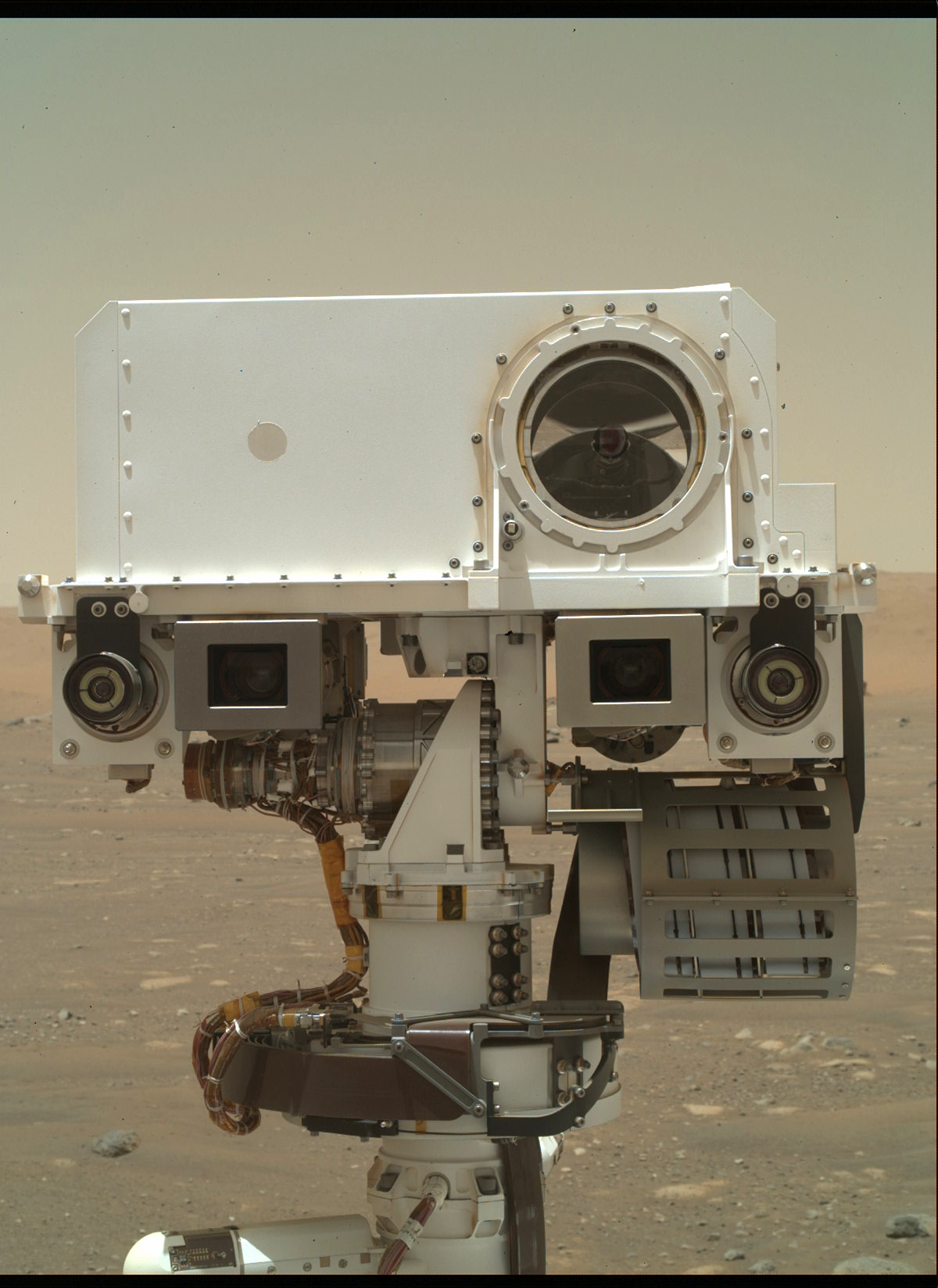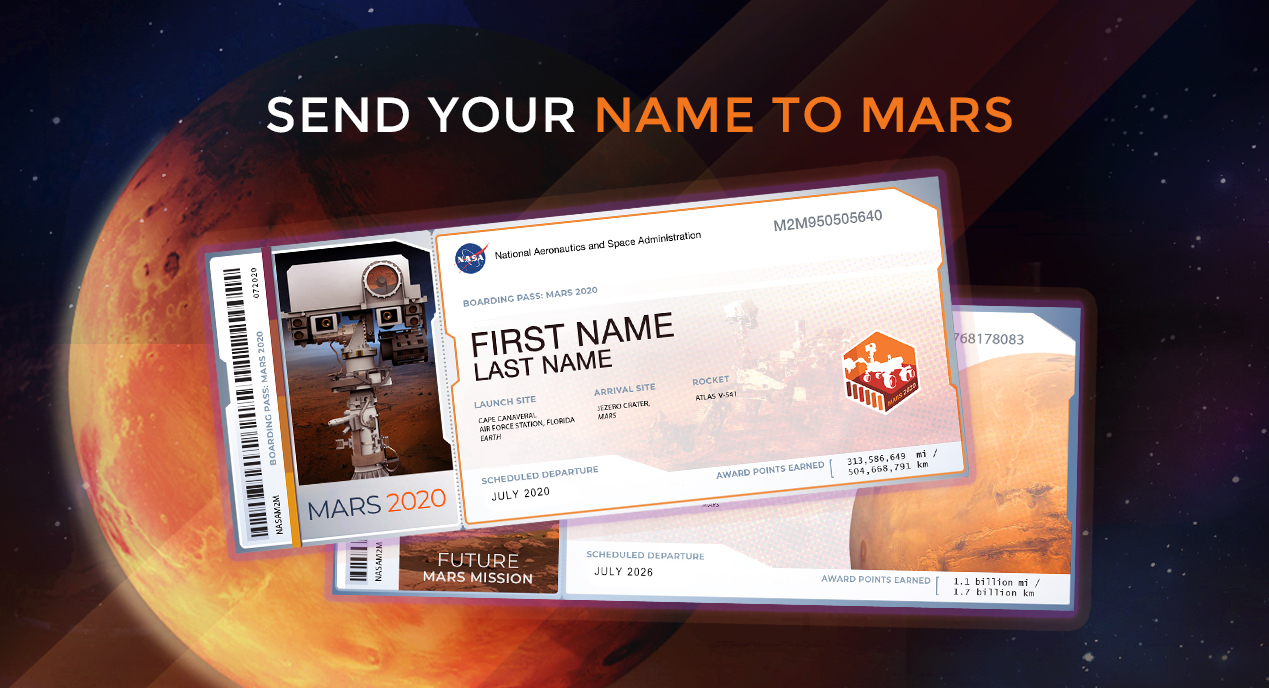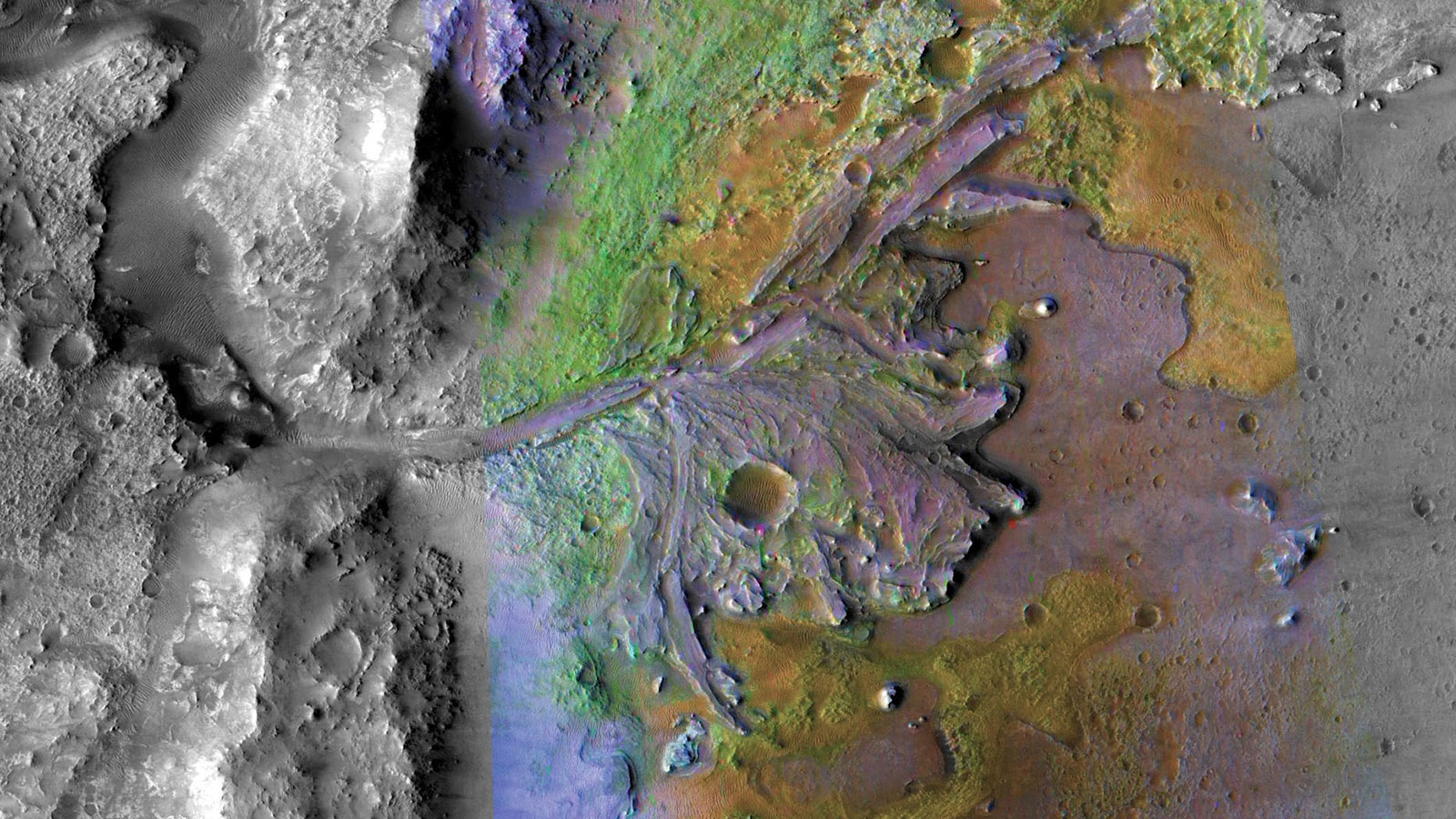IV&V Current Projects
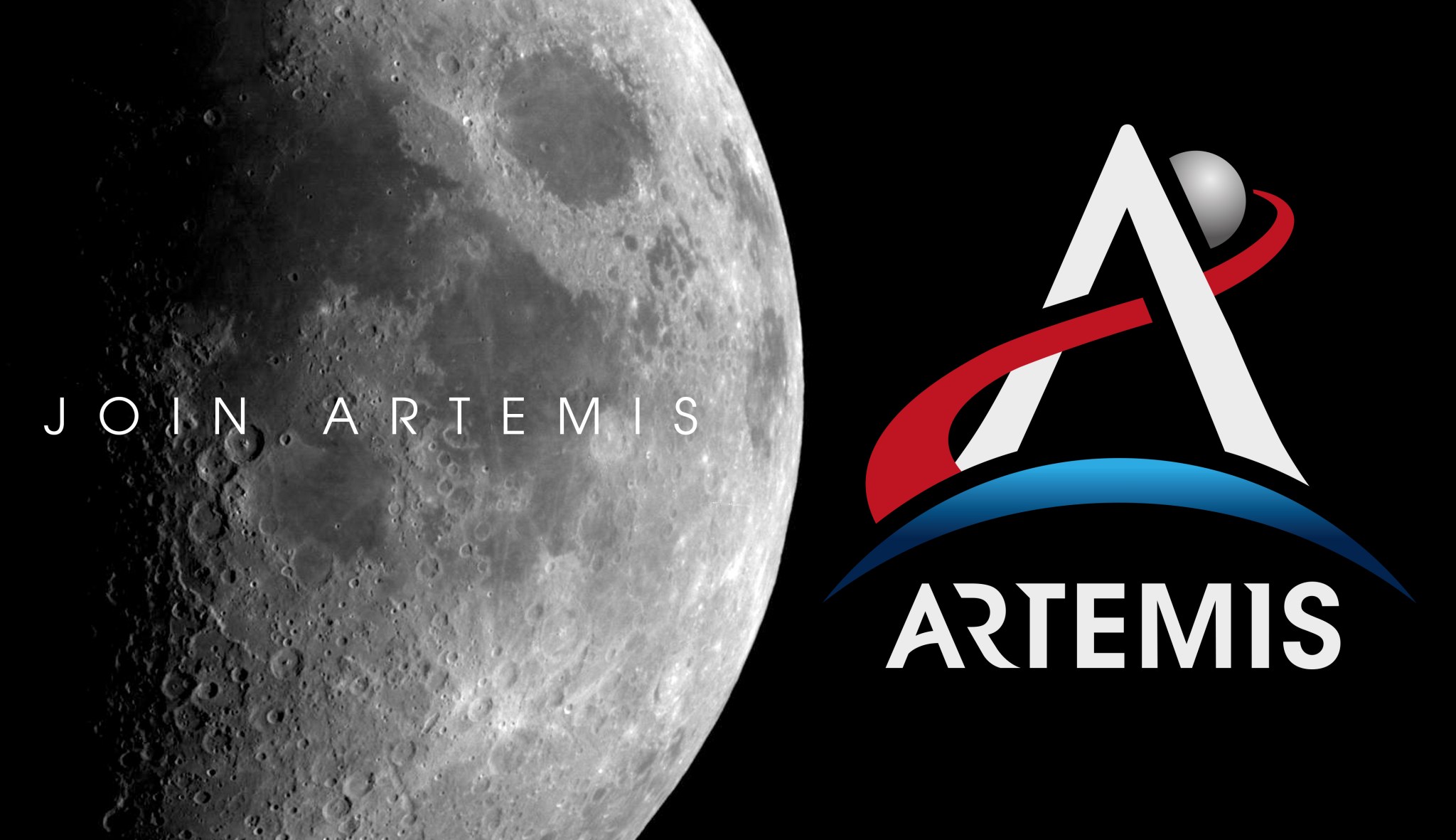
Artemis Program
With the Artemis program, NASA will land the first woman and next man on the Moon by 2024, using innovative technologies to explore more of the lunar surface than ever before. We will collaborate with our commercial and international partners and establish sustainable exploration by the end of the decade.
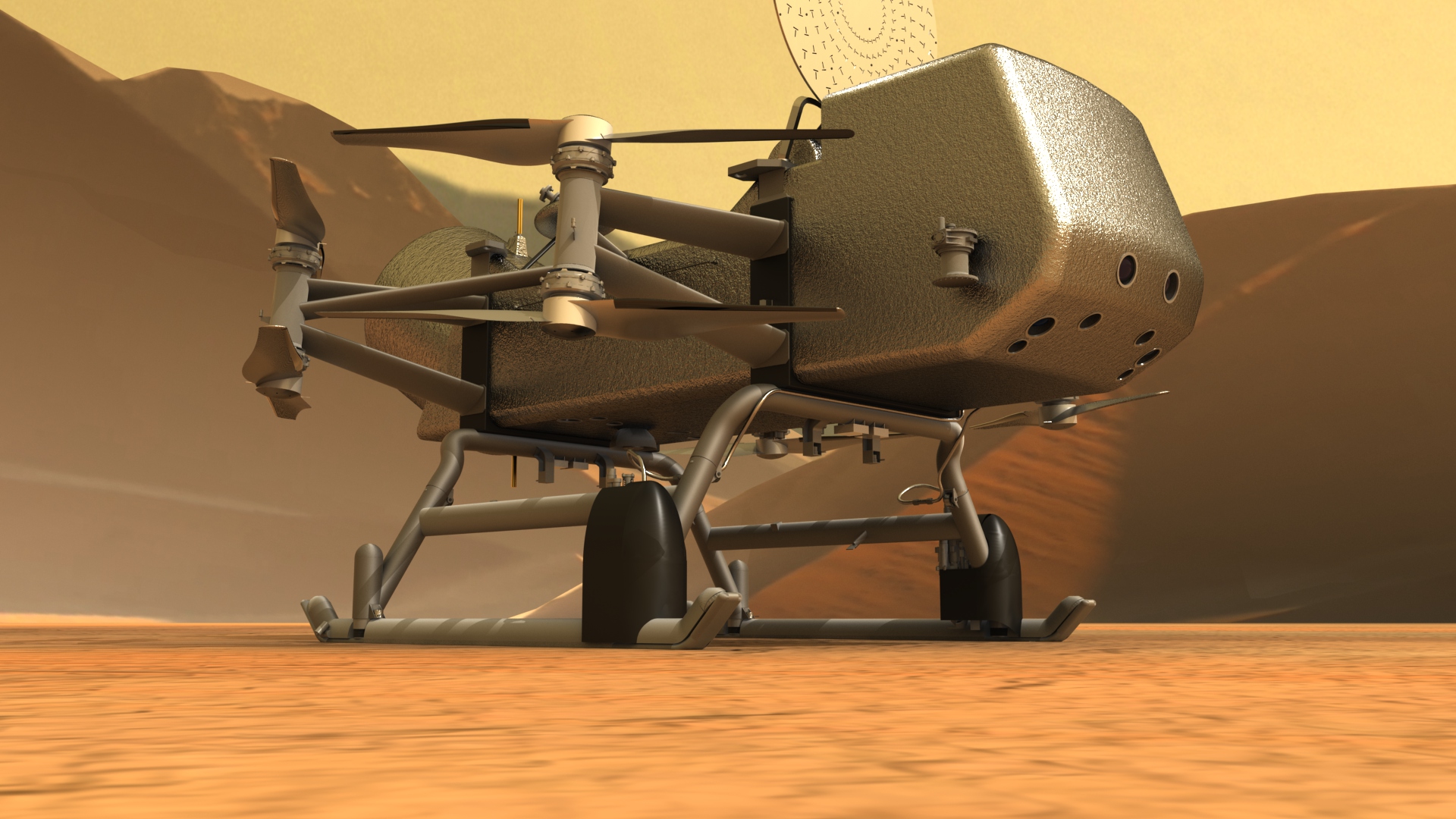
Dragonfly
Dragonfly is a drone-like rotorcraft that would explore the prebiotic chemistry and habitability of dozens of sites on Saturn’s moon Titan, an ocean world in our solar system. Dragonfly will study dozens of promising sites around Saturn’s icy moon Titan and advance our search for the building blocks of life in the universe.
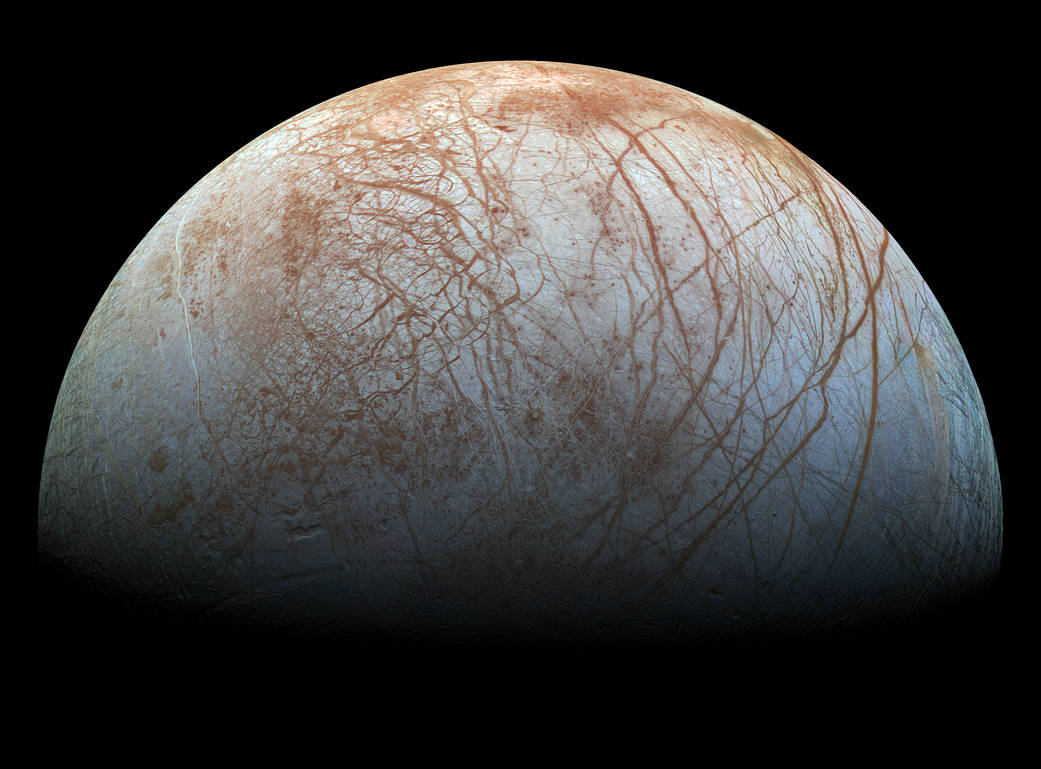
Europa Clipper
NASA’s planned mission would conduct detailed reconnaissance of Jupiter’s moon and investigate whether the icy moon could harbor conditions suitable for life.
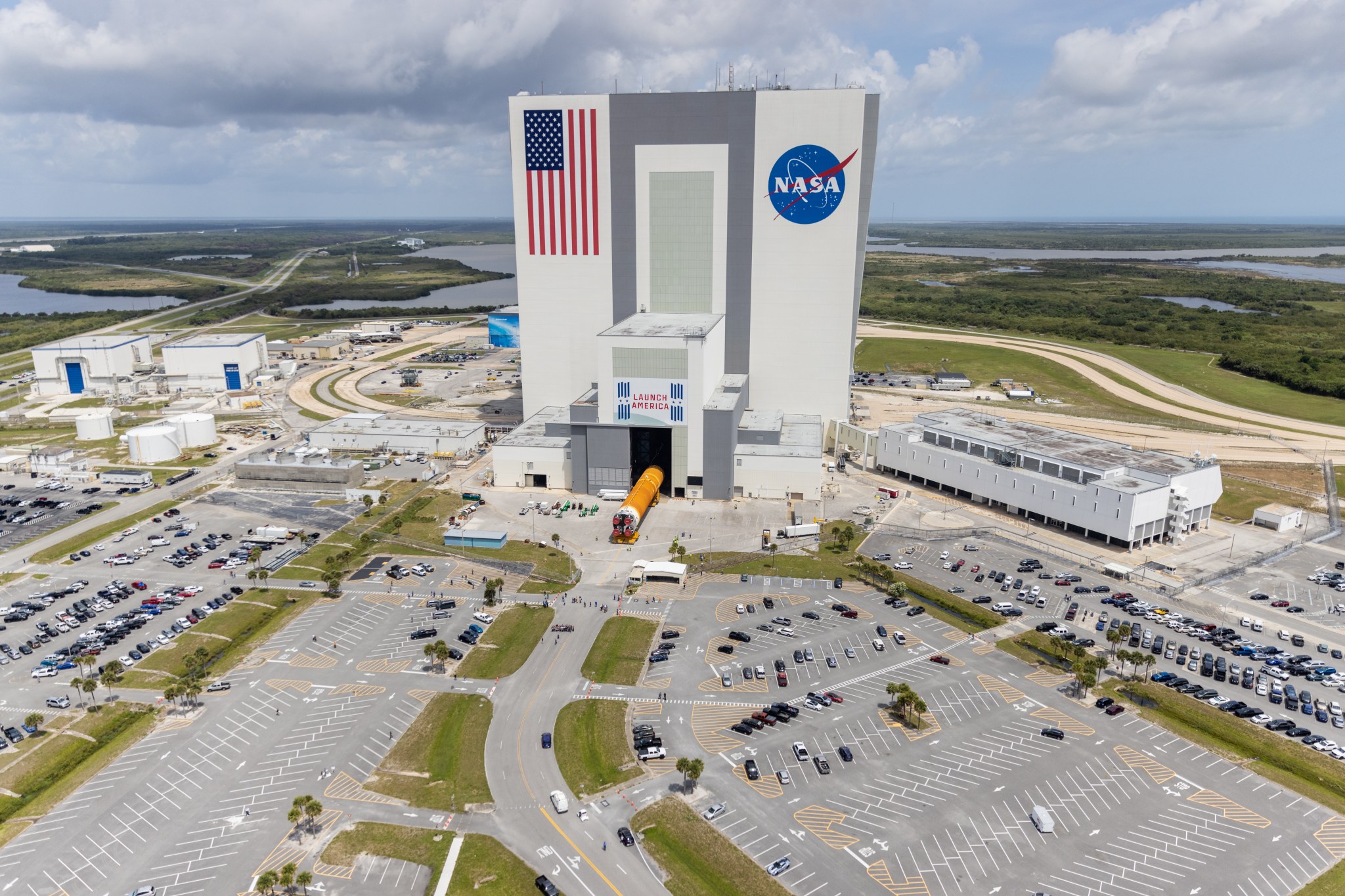
Exploration Ground Systems
Exploration Ground Systems’ primary objective is to prepare the center to process and launch the next-generation vehicles and spacecraft designed to achieve NASA’s goals for space exploration.
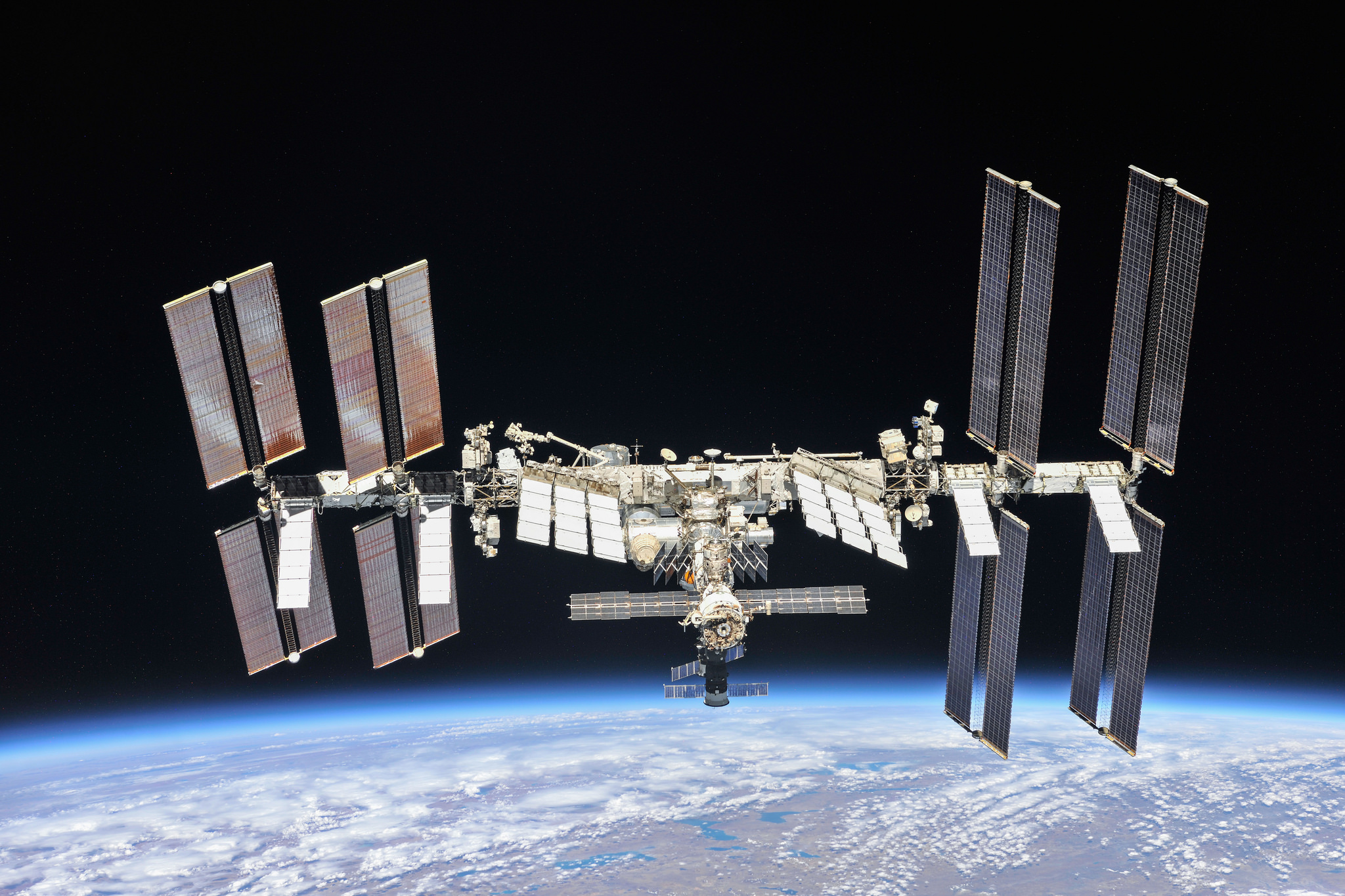
International Space Station (ISS)
The International Space Station is an unprecedented achievement in global human endeavors to conceive, plan, build, operate, and utilize a research platform in space. With the assembly of the space station at its completion and the support of a full-time crew of six, a new era of utilization for research has begun.
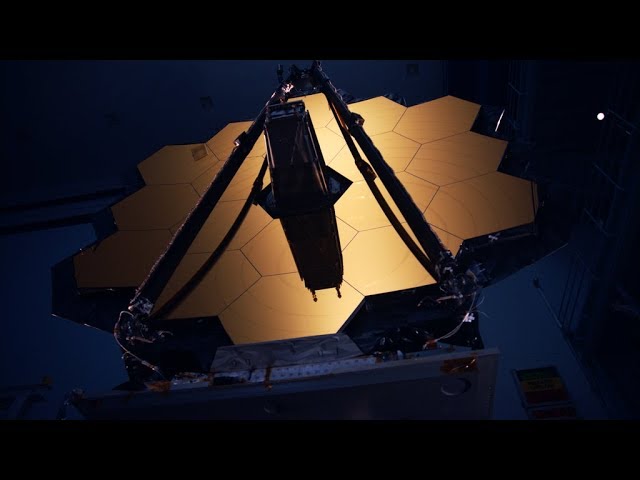
James Webb Space Telescope (JWST)
The James Webb Space Telescope is a large, infrared-optimized space telescope. Webb will probe for the “first light” after the Big Bang and find the first galaxies that formed in the early Universe, connecting the Big Bang to our own Milky Way Galaxy. Webb will peer through dusty clouds to see stars forming planetary systems, connecting the Milky Way to our own Solar System and look for the chemical signatures of extra-terrestrial life.
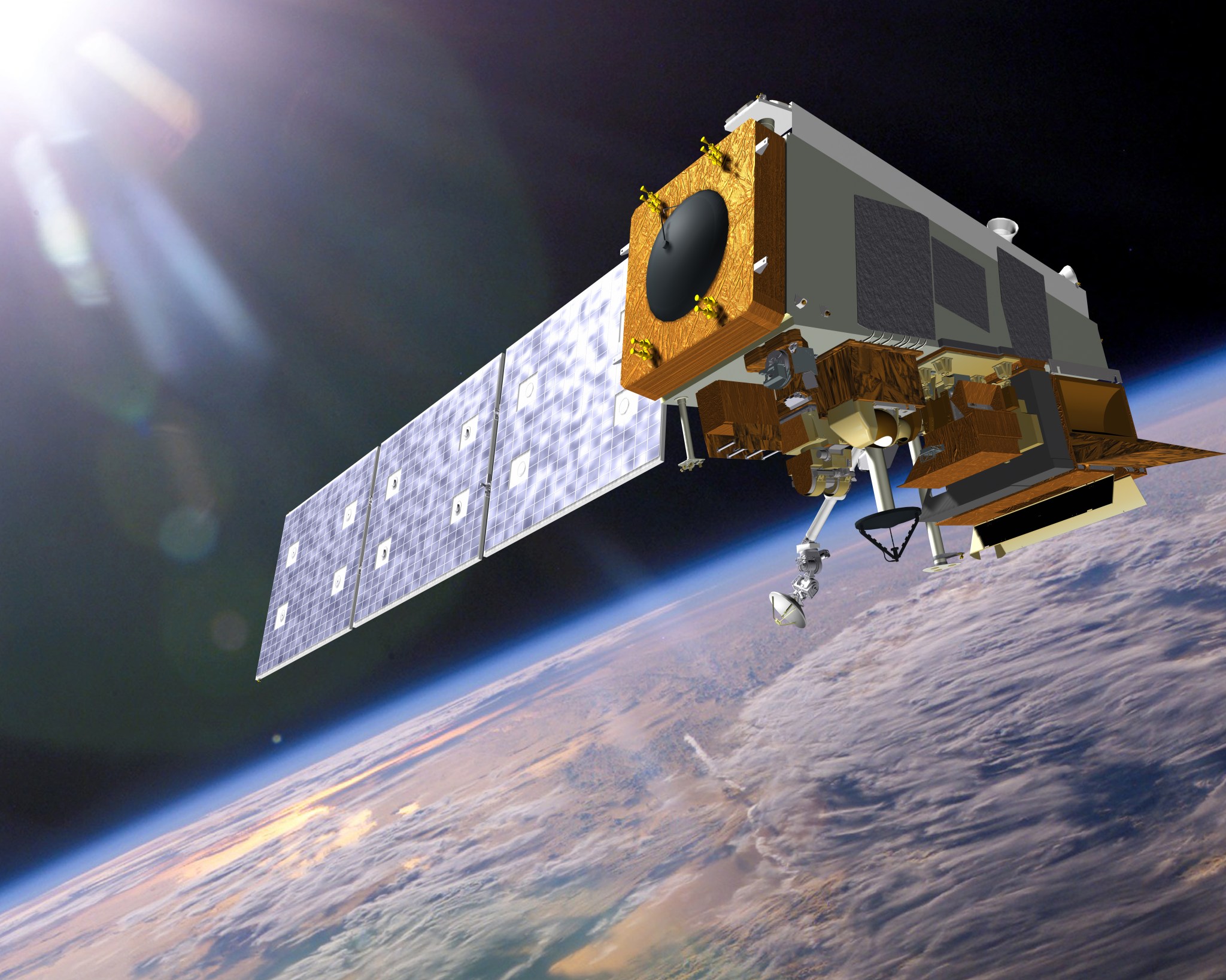
Joint Polar Satellite System-2 (JPSS-2)
JPSS-2 will provide operational continuity of satellite-based observations and products for NOAA Polar-Orbiting Environmental Satellites (POES) and Suomi NPP satellite and ground systems. The baseline plan for JPSS Ground System will be sustained to support JPSS-2, similar to JPSS-1.
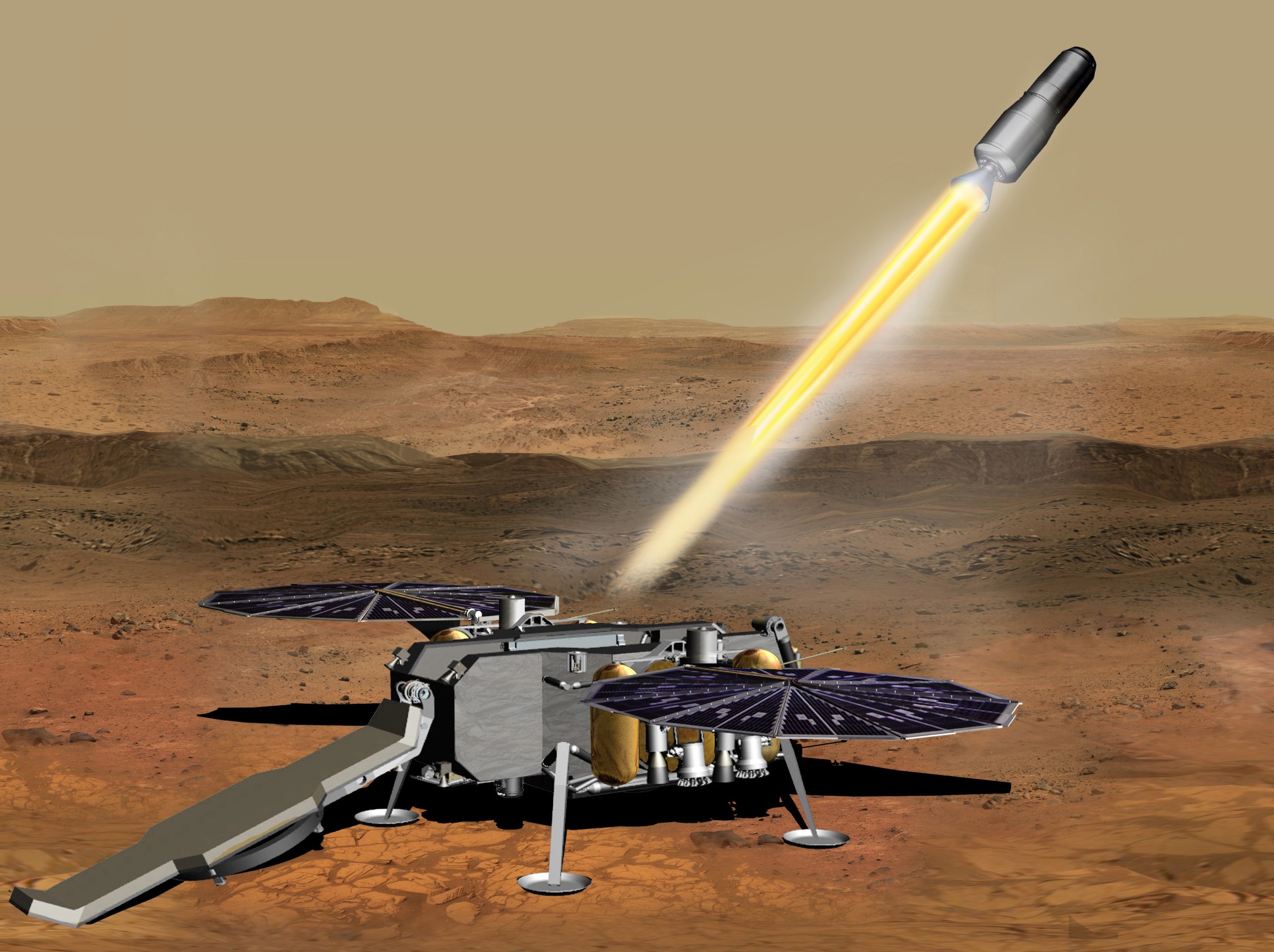
Mars Sample Return (MSR)
Mars Sample Return (MSR) campaign will bring pristine samples from Mars to Earth for scientific study. Once on Mars, Perseverance aims to cache rock and regolith samples in its collection tubes. It then would leave some of them on the Martian surface for an ESA-provided “fetch” rover to collect and deliver to a NASA-provided Mars Ascent Vehicle, which then would launch the samples into orbit around Mars. An ESA-provided Earth Return Orbiter would then rendezvous with the samples in orbit around Mars and take them in a highly secure containment capsule for return to Earth in the 2030s.
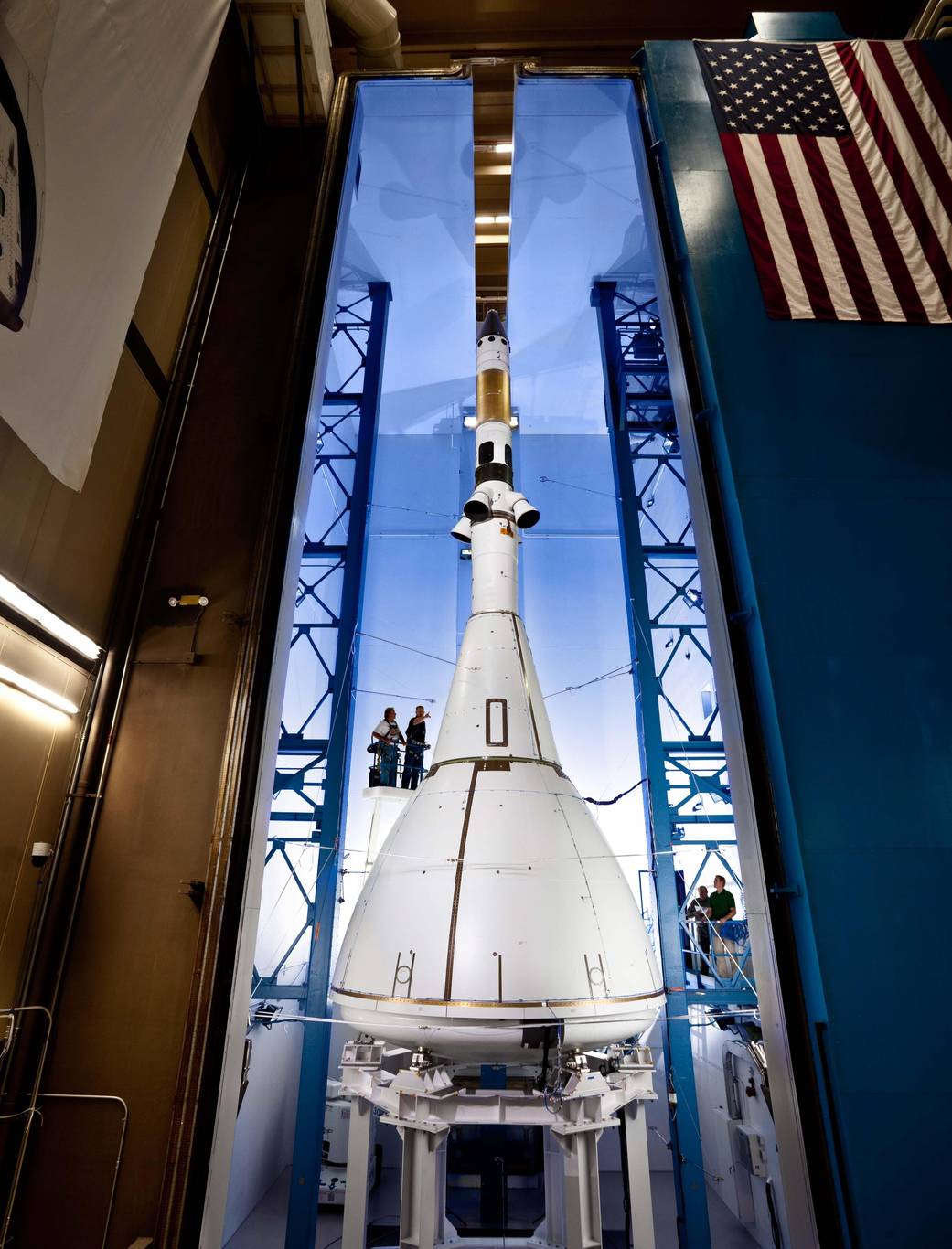
Multi-Purpose Crew Vehicle (Orion MPCV)
This spacecraft will serve as the primary crew vehicle for missions beyond low Earth orbit. The Orion MPCV is capable of conducting regular in-space operations (rendezvous, docking, extravehicular activity) in conjunction with payloads delivered by the Space Launch System.
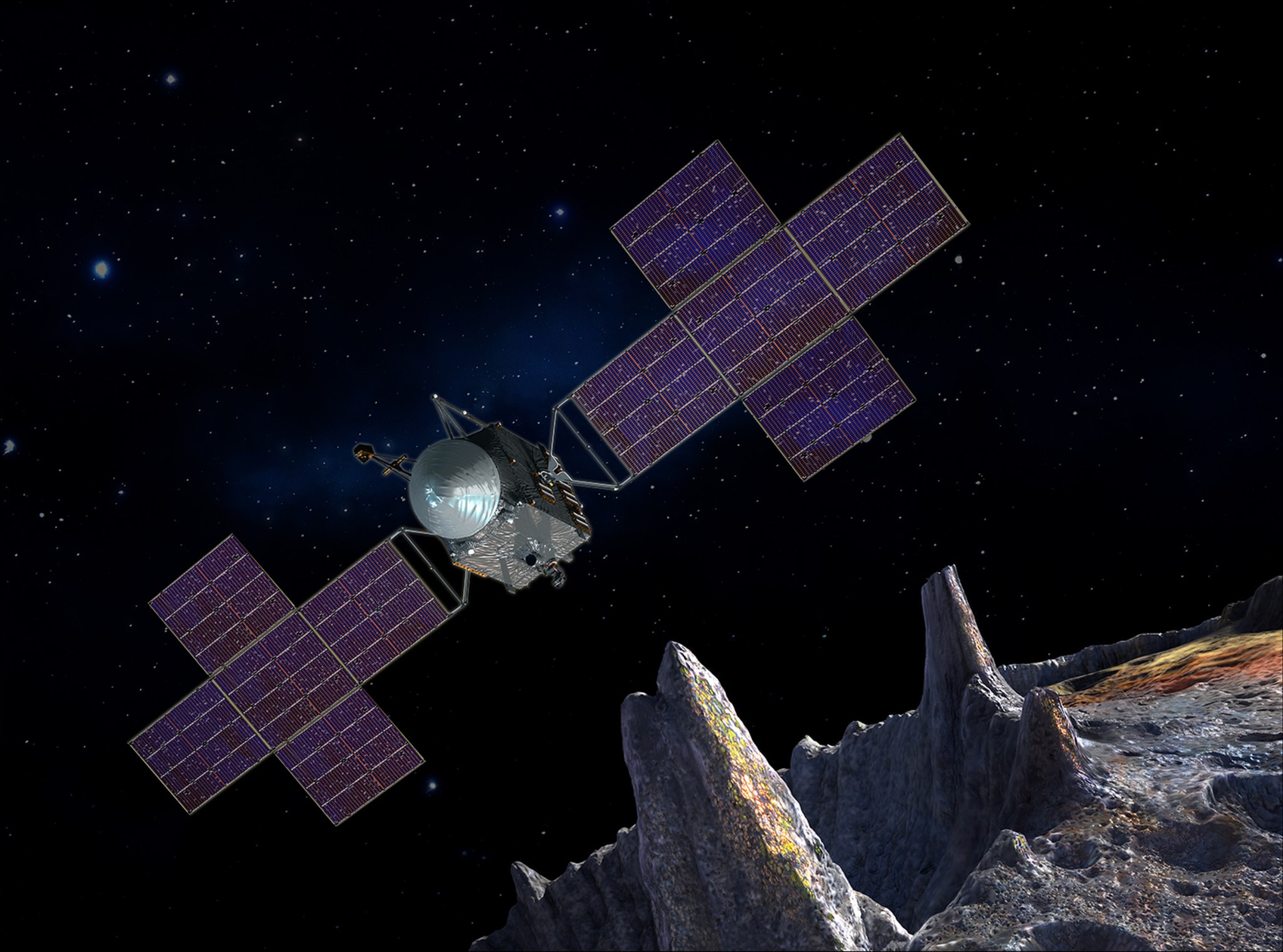
Psyche
The Psyche mission is a journey to a unique metal asteroid orbiting the Sun between Mars and Jupiter. What makes the asteroid Psyche unique is that it appears to be the exposed nickel-iron core of an early planet, one of the building blocks of our solar system.
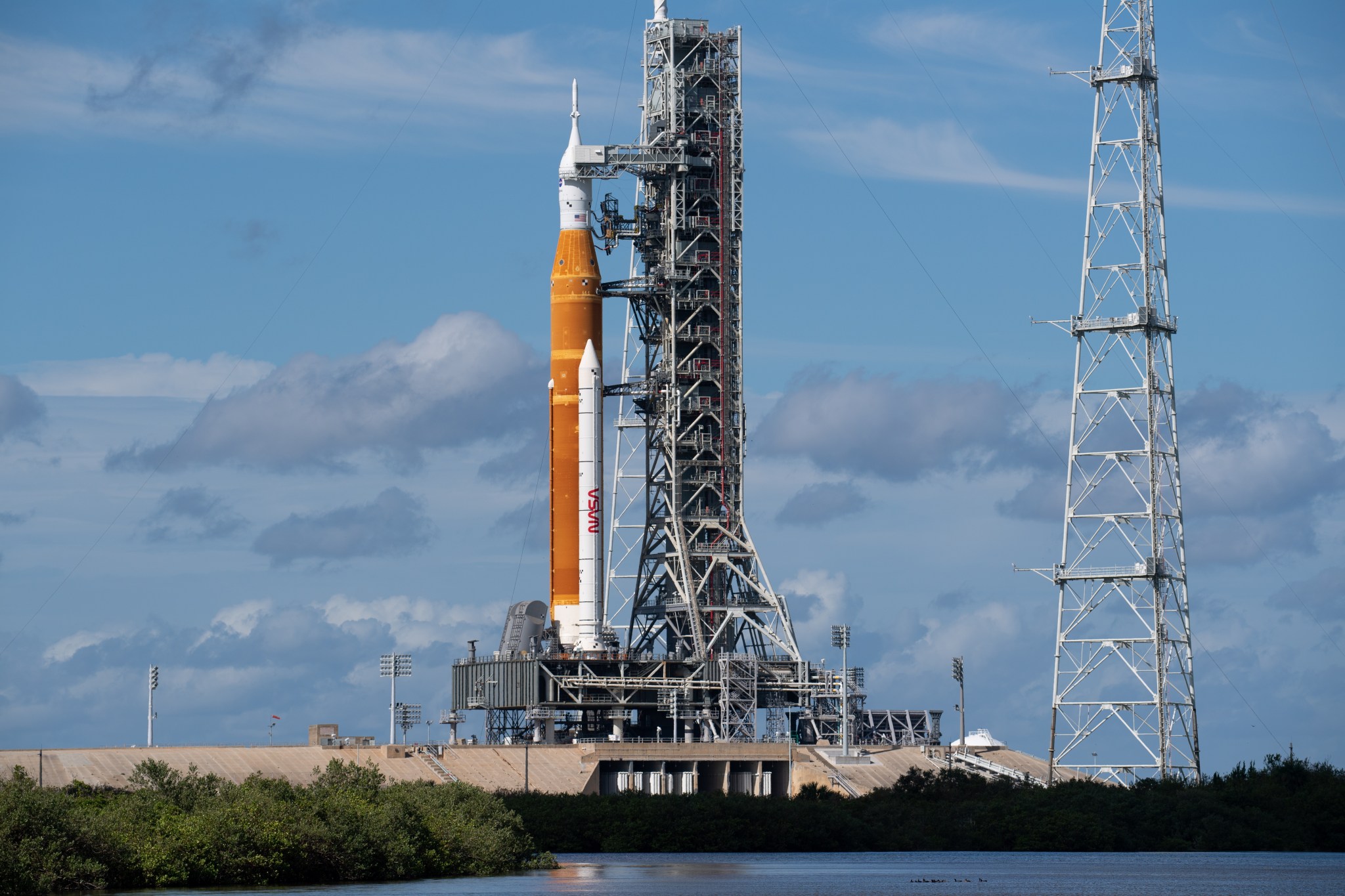
Space Launch System (SLS)
The Space Launch System (SLS) Program will develop a heavy-lift launch vehicle to expand human presence to celestial destinations beyond low Earth orbit. This launch vehicle will be capable of lifting the Orion MPCV to asteroids, the moon, Lagrange points and, ultimately, to Mars.
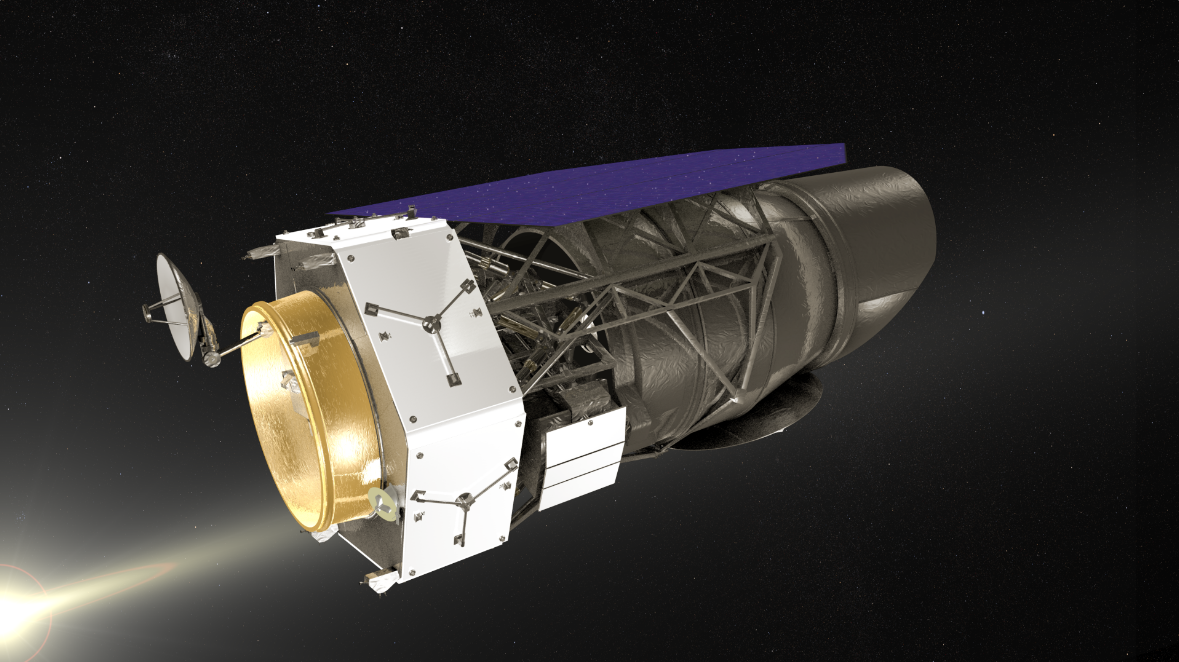
Roman Space Telescope (Formerly WFIRST)
The Roman Space Telescope (formerly known as WFIRST, the Wide Field Infrared Survey Telescope) – a mission concept to answer vital questions in both exoplanet detection and dark energy research.




